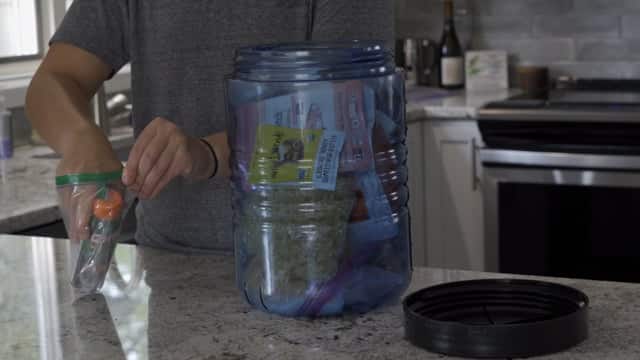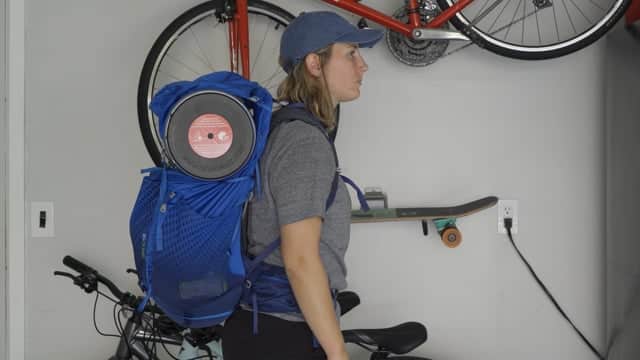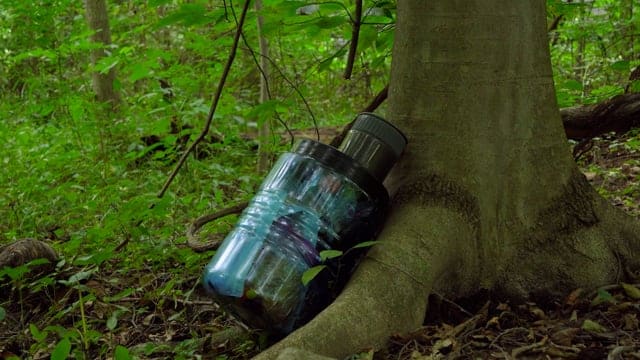Open and use your canister like a pro


Always double bag DEET and any other strong chemicals before storing them in your BearVault. Chemicals will damage the plastic and can contaminate your food. Be especially careful with DEET.


Food hangs are not ideal in most settings: trees become damaged and broken with frequent use around designated campgrounds; It is unusual to find the ideal tree limb for a food hang. Furthermore, bears have been known to climb trees and to send cubs up onto smaller limbs to pull down food hangs.
It is possible to do this, but we don’t recommend it, because it can make it very difficult to open. Keep in mind that waterproof also means airtight. This sounds like a good thing until you consider that out in nature air pressure can change drastically with temperature and weather, causing a differential with the air pressure inside the canister. What this means is that a totally sealed lid could end up stuck in place by pressure. The better solution is to simply use a dry bag if waterproofing is important for your trip.
If you do choose to try an o-ring, there is a channel just inside the rim that could take one. If you use glue, be sure it is a water-based adhesive (not a solvent-based adhesive, which will damage and compromise the strength of the plastic). O-ring sizes that can work:
No. BearVault products reduce scent transmission, but in the nose of a bear, almost nothing is “scent-proof”. Bears have the best sense of smell of any animals on earth – that is seven times greater than that of a bloodhound. Now for some fun math – bloodhounds have a sense of smell that is 300 times greater than that of a human. That leaves bears with a sense of smell that is 2100 times greater than that of humans. It puts our little human noses into perspective!
Lots of people do this! The only word of caution is that some adhesives can damage the plastic. If possible, try to ensure stickers are using water-based adhesives (not solvent-based adhesives, which can damage and compromise the strength of the plastic).
This is not a good idea, and it will void your warranty. Most products that bind to plastics do so by chemically fusing to the plastic, damaging the structural integrity of the plastic.
BearVault’s shipping and returns policies can be reviewed on our policy page..
BearVault has been making canisters for nearly 20 years! Visit our product evolution page to learn more and see if replacement lids are available for your BearVault canister.